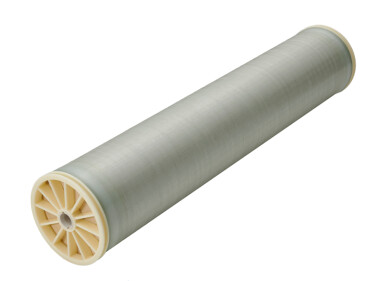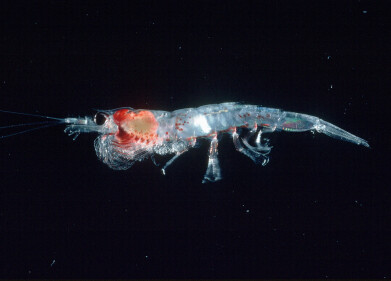Water/Wastewater
What Makes Plastic Tyres Such a Pollution Problem?
Mar 11 2017
The emissions from cars – especially those with diesel burning engines – have made headlines recently for their negative impact on the environment. Diesel burning is one of the main causes of high nitrogen dioxide levels in cities like London and Paris. But there is another environmental crisis with cars at the heart – and this time, it’s the tyres rather than the engine.
Plastic soup
While the constant turning of wheels might seem pretty harmless, tyres actually releasing microplastics as they wear away over time. These tiny plastic particles are eventually making their way into the world’s oceans and, according to a new report, contributing far more to plastic pollution than you might think.
A new report by the International Union for Conservation of Nature (IUCN) suggests that microparticles – from car tyre abrasion and washing synthetic clothes – are actually contributing up to 30 percent of the “plastic soup” in the world’s oceans.
Categorising microplastics
Specifically, the report is referring to so-called primary microplastics. As opposed to microplastics that have formed from larger plastics breaking down, these are microplastics which enter the ocean in small particles. And nearly two-thirds of primary microplastics come from tyres and synthetic clothes.
The IUCN estimates that primary microplastics are contributing between 15 and 31 percent of the total ocean plastic pollution each year. That means almost a third of the massive 9.5 million tonnes of plastic pollution could be primary microplastics. Considering that two-thirds are made up by tyres and synthetic clothes, that’s nearly 2 million tonnes just from those alone.
“This report is a real eye-opener, showing that plastic waste is not all there is to ocean plastics,” says Inger Andersen, Director General at IUCN. “Our daily activities, such as washing clothes and driving, significantly contribute to the pollution choking our oceans.”
The sources of pollution
One of the ways in which on-land pollution makes its way into the water is through flooding. Floodwater picks up a number of pollutants as it flows on land. And when it gushes back into oceans, lakes and rivers it takes these pollutants with it.
It’s a growing problem that’s contributing to a steady decline in the health of many bodies of water. But there are solutions. Aeration has long been the method of water quality maintenance, but – as explored in ‘The best way to clean up flooded lakes and reservoirs?’ – there are a range of solutions, products and analysis methods available.
Events
Carrefour des Gestions Locales de L'eau
Jan 22 2025 Rennes, France
Jan 29 2025 Tokyo, Japan
Feb 05 2025 Nantes, France
Feb 16 2025 Kampala, Uganda
Feb 26 2025 Chennai, India
.jpg)



-as-feedstock.jpg)





